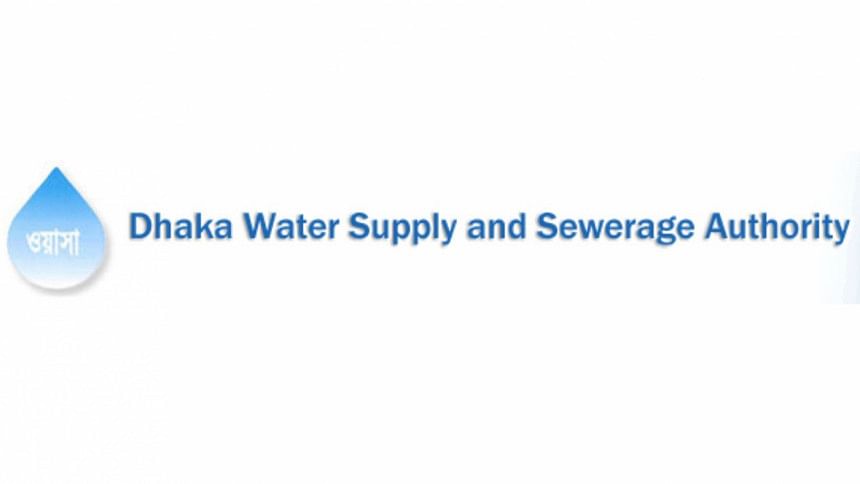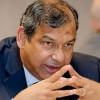Sayedabad Water Treatment Plant: Phase-III delayed over pipeline

It will take Dhaka Wasa a few more years to complete the third phase of the surface water treatment plant in Sayedabad because of the delay in construction of a pipeline.
“The phase three of Sayedabad Water Treatment Plant will not be completed by 2023. It’s because setting up the 20-kilometre pipeline will take time,” said Pierre-Yves Pouliquen, a top executive of Suez, a French-based utility company that won the contract for construction of the plant.
The financing for the pipeline from the Meghna river to the plant was also delayed, said Pouliquen, chief executive officer for Africa, Middle East and India at Suez, which operates largely in water treatment and waste management sectors.
He was talking to visiting journalists from Bangladesh while giving a presentation on the plant at the Suez office in Paris last month.
According to the plan of Dhaka Water Supply and Sewerage Authority (Wasa), the plant, which will treat 45 crore litres of water per day, was supposed to be ready by 2020.
In September 2015, the Executive Committee of the National Economic Council (Ecnec) had approved the Tk 4,597-crore project.
On May 16 last year, French Development Agency (AFD), the lead financial partner for this project, signed a long-term loan agreement for 115 million with the government of Bangladesh for implementation of the project. Three more European donor agencies are also providing funds.
Once completed, the total capacity of the three water treatment plants including the existing two plants -- Sayedabad Phase-I and Phase-II -- will be 90 crore litres per day.
With the capacity of 22.5 crore litres, the Phase-I was constructed in 2002 under the Fourth Dhaka Water Supply Project financed by the governments of Bangladesh and France and the World Bank.
The Phase-II having the capacity of 22.5 crore litre per day was built in 2012 by Danish and French companies.
Asked about the Phase-III, Taqsem A Khan, managing director of Dhaka Wasa, said it took more than a year to complete the financial agreements on all the components of the plant. Besides, there was a concern over the quality of water of the Meghna.
“Then we had to appoint a consultant who came up with report dismissing the concern. One more year went by in this process,” he said.
“Everything is in place now. We hope to complete the plant by 2022.”
With current population of 12.5 million, Dhaka is expected to see 21 million dwellers by 2025, according to a Wasa projection.
Currently, the water demand in the city is 235 crore litre per day. The daily supply from Wasa is around 242 crore litre, of which 78 percent comes from groundwater through 670 deep tube-wells and 22 percent from surface water, said officials.
Due to over extraction, the upper and lower aquifers of Dhaka city are about to exceed its withdrawal limit with groundwater depletion occurring at alarming rate. In most places the layer of groundwater has been decreasing by two to three metres each year because of groundwater lifting.
To reduce the depletion of groundwater, Pouliquen said, Dhaka Wasa had targeted to meet 80 percent of Dhaka’s water demand from the surface and 20 percent from the underground by 2022.
But the authority will miss the deadline, he said.
Appreciating efforts in water supply in Dhaka, the Suez CEO said the city has made remarkable achievement in the last 10 years.
“Dhaka Wasa is on the right track to treat water,” he said.

 For all latest news, follow The Daily Star's Google News channel.
For all latest news, follow The Daily Star's Google News channel. 








Comments